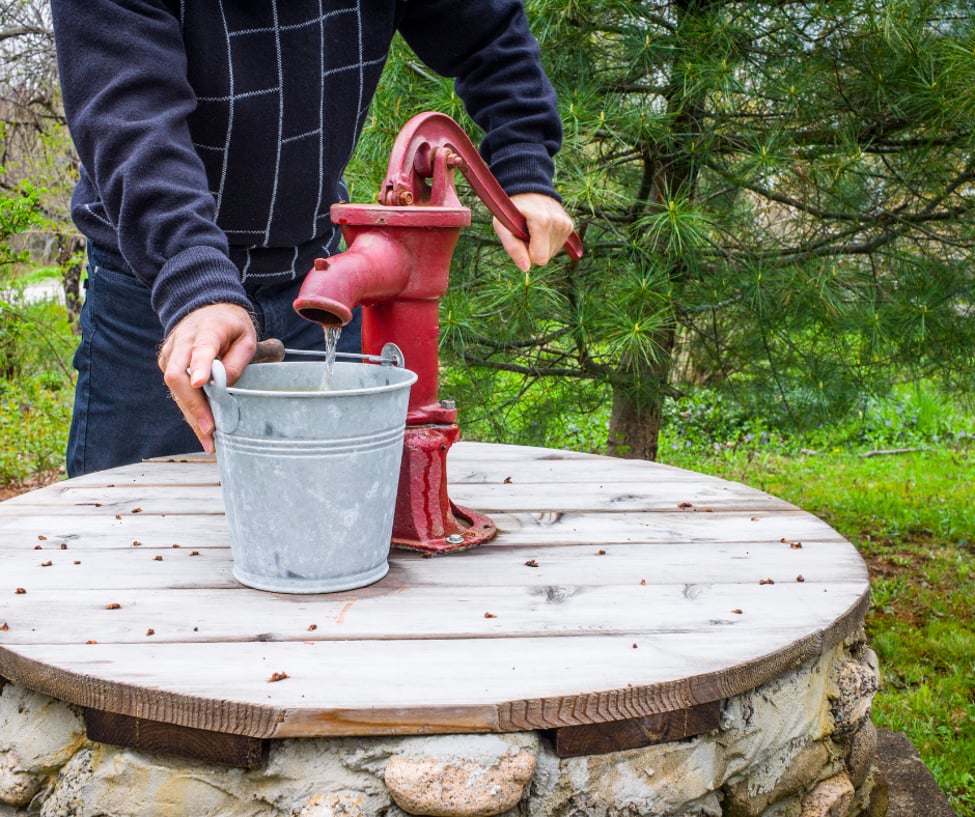For those looking to buy a home in rural Northern Ontario, well water is a common source of water supply. However, not all wells are created equal. There are different types of well water found in Ontario, and each has its own set of features, benefits, and considerations. In this guide, we'll talk about the four main types of well water found in Ontario: drilled wells, dug wells, sandpoint or artesian wells, and shoreline wells. Knowing the differences between these types of wells can help you make an informed decision when purchasing a home with a well.
1. Drilled Wells
Drilled wells are the most common types of wells found in Ontario. They are constructed by drilling deep into the bedrock until water is reached. The depth of these wells can vary, but they generally range from 100 to 300 feet. Because of the depth of the well, the water is typically of high quality and less susceptible to contamination from surface-level pollutants. However, the drilling process can be costly, and maintaining the well may also be more expensive than other types of wells.
2. Dug Wells
Dug wells are shallow wells that are constructed by excavating a hole in the ground. They are typically less expensive than drilled wells, but they are also more susceptible to pollutants and contamination. Additionally, the water quality may not be as good as drilled wells since they are not as deep into the ground. Dug wells are more suited for areas where the water table is high and minimal drilling is needed.
3. Sandpoint or Artesian Wells
Sandpoint or artesian wells are constructed by sinking a pipe with a well point into the ground until it hits the water table. The water is then pumped to the surface. These wells are less expensive than drilled wells but may not produce as much water. They are also susceptible to drought and may not be suitable for areas with a shallow water table.
4. Shoreline Wells
Shoreline wells are constructed near the shoreline of a body of water, such as a lake or river. They are typically less expensive since no drilling is required. However, the water quality may vary and can be influenced by the lake or river's pollution levels. Additionally, water levels can fluctuate, affecting the availability of water during droughts or seasonal changes.
Conclusion:
Choosing the right type of well water for your home is crucial. Consider the cost of drilling and maintenance, water quality, susceptibility to pollution, and the availability of water before making a decision. We hope this guide has helped you understand the different types of well water found in Ontario and the factors to consider when choosing the best well for your home.
Thank you for Asking Hilton!

